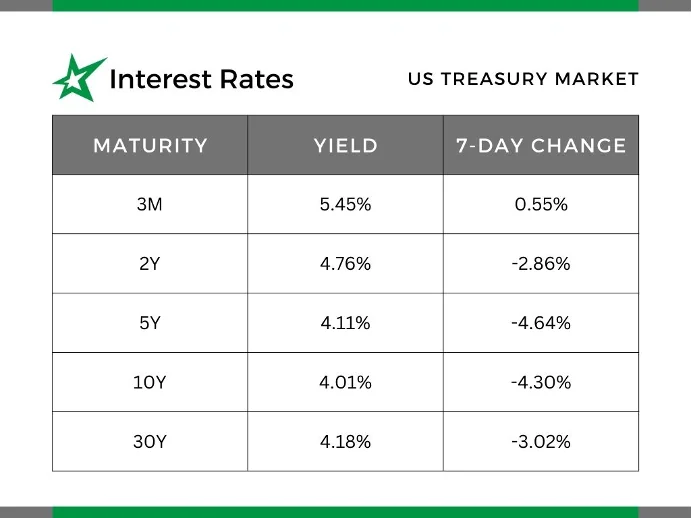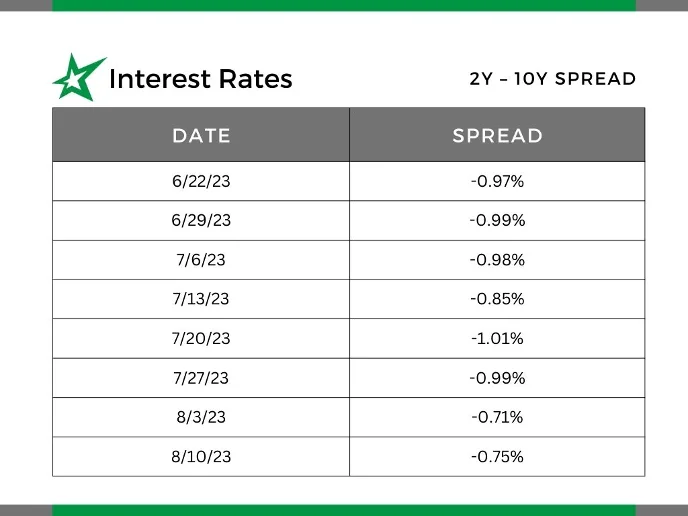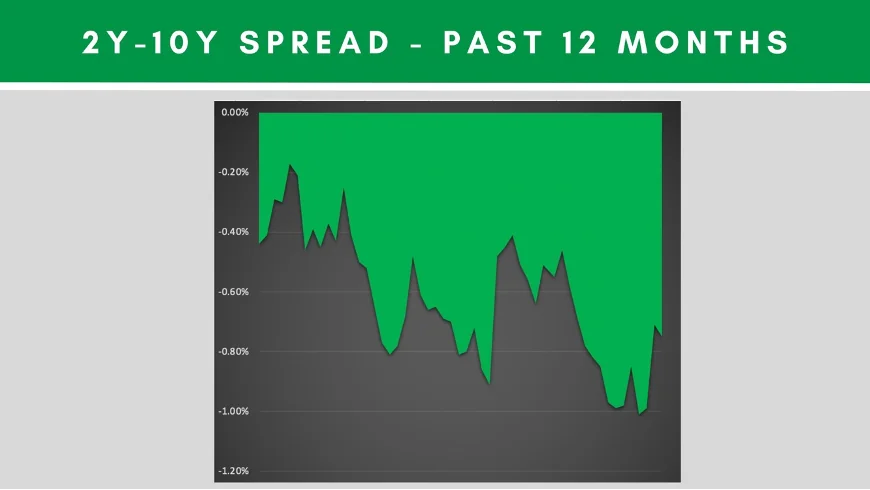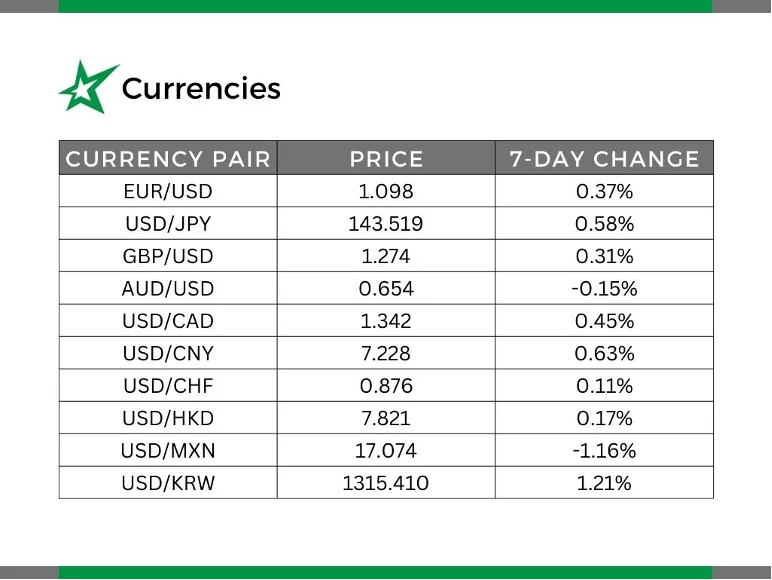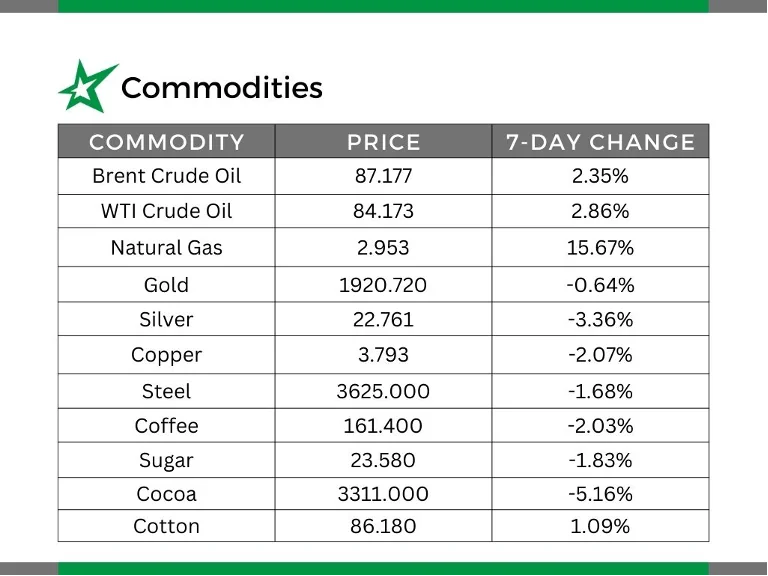Table of Contents:
-
Market Moving Headlines
-
Interest Rates
-
Currencies
-
Commodities
-
Concept of the Week: Risk versus Speculation
-
Quote of the Week
-
US inflation in July 2023 comes in lower than expected boosting equity markets.
-
US household debt reaches new high.
-
Copper sinks to a 1-month low.
-
The IBD/TIPP economic optimism index in the US fell to 40.3 in August 2023, the lowest in 12 months.
-
Inflation in Chile dropped for the 8th consecutive month to 6.5%.
-
The US trade deficit narrowed to a 3-month low of $65.5 billion in June 2023.
-
Cocoa futures ease from a 12-year high.
-
European natural gas prices rise to an 8-week high.
-
Mexico inflation rate falls for the six month.
-
US mortgage rates rise to the highest level since November 2022.
Interest Rates
Currencies
Commodities
Concept of the Week: Cash Flow at Risk
Cash flow at risk (CFaR) is a financial risk management metric that quantifies the potential impact of adverse changes in cash flows on a company’s financial performance. It is a measure used by businesses to assess their exposure to financial risk, particularly in terms of cash flow variability.
CFaR estimates the potential loss in cash flow that a company might experience under different adverse scenarios, typically based on changes in key variables such as sales, costs, interest rates, exchange rates, and other relevant factors. By calculating CFaR, accompany can gain insights into the potential financial impact of unexpected events and make informed decisions about risk mitigation strategies.
The CFaR calculation involves three main steps:
-
Identifying Key Variables: Companies need to identify the key variables that significantly affect their cash flows. These variables could include factors like sales volumes, pricing, production costs, and interest rates.
-
Generating Scenarios: A range of possible scenarios is created for each key variable, representing different levels of adverse change. These scenarios could be based on historical data, market trends, or expert judgement.
-
Quantifying Impact: For each scenario, the company calculates the resulting cash flows and compares them to the baseline or expected cash flows. The difference between the baseline and the cash flows under each scenario represents the potential impact on cash flow. CFaR is often expressed as a percentile, indicating the likelihood of cash flow falling below a certain level.
By understanding CFaR, companies can better allocate resources, develop risk management strategies, and assess the potential consequences of various business decisions. It’s an essential tool for managing financial risk and ensuring the resilience of a company’s operations in the face of uncertain events.
Quote of the Week
“The only thing we know about the future is that it will be different.” – Peter Drucker
Want this article in PDF form? Check it out!
Author: John Trefethen, Director and Co-Founder
Mobile: 612-868-6013
Office: 952-746-6040
Email: jtrefethen@hedgestar.com
HedgeStar Media Contact:
Megan Roth, Marketing Manager
Office: 952-746-6056
Email: mroth@hedgestar.com
Check out our services:



